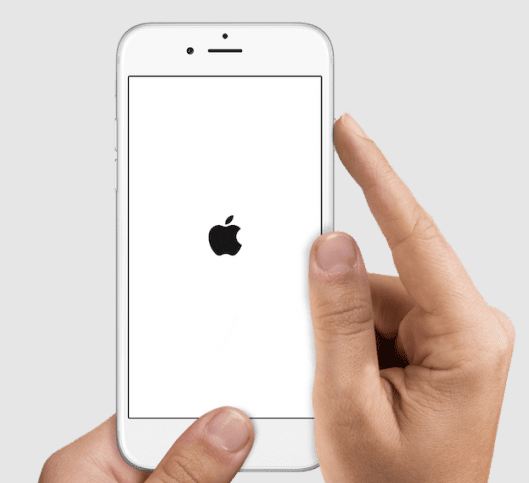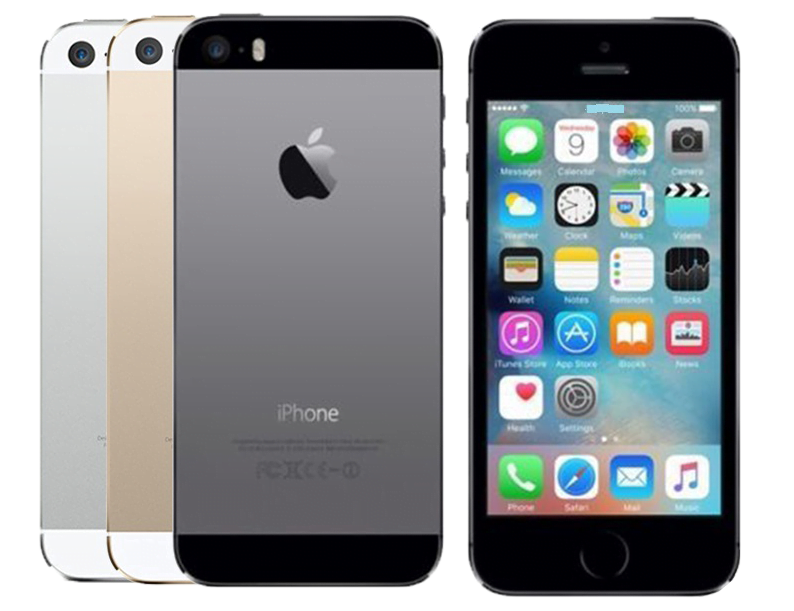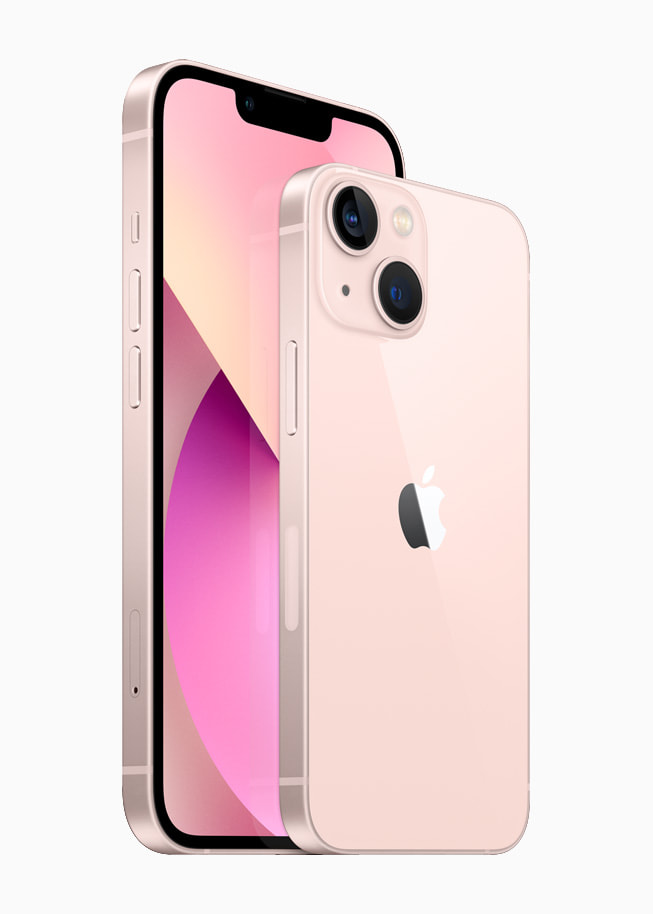Apple’s next big thing is expected to lunch iphone 5s and ipad 5 on 29th of June of this year. Apparently iPhone 5S Smartphone will be entering the consumer market much earlier than what was expected. It is designed as a high-end sibling of the present generation iPhone 5. DigiTimes has revealed that the IPhone 5S will feature a faster processor, based on Apple’s ARM processing cores. They have also claimed that, it will have a higher-resolution camera than its previous models. These features can be disappointing for most users who find the phone’s design to be little boring and outdated compared to other major smart device manufacturers. But the next-generation iPhone 6 is expected to bring a fresh, updated and completely re-designed phone. Rumors have it that its design is inspired form iPad mini tablet.
Never miss an update from us. Join 10,000+ marketers and leaders.
DigiTimes’ sources has also pointed out that deliveries of essential iPhone 5S components are already scheduled to May, which makes sense that the launch date might be true. Resources have also stated that Apple is planning to launch iPad5 along with the iPhone 5S in an event on 29thof June. While unconfirmed from Apple, this date fits well with the earlier humors of the launch, but the inclusion of iPad 5 comes as something of a surprise. And these devices might be running iOS 7.
DigiTimes has released in their website stating-“Components for the next-generation iPhone will start shipping at the end of May with the new smartphone to have a chance of showing up in the third quarter, according to sources from the upstream supply chain.”
“The new iPhone will not receive a major upgrade and may just be a slightly enhanced version of iPhone 5 (iPhone 5S), the sources said citing their latest specification data.”
If the event does really take place in June, It will be something of a test to iPhone 5S and iPad-5. This could also be the deciding factor of the company’s future. It will be the first major release from the company since the death of its co-founder Steve Jobs.
Major iphone application development company are also looking forward to the release of the new iPhone as well as the iOS 7. It will facilitate them to develop apps for the new OS with numerous new features and functionalities.







